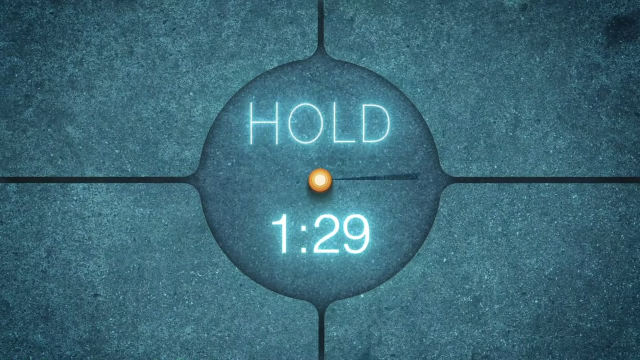As a lifelong asthmatic, I am the least-likely person to win a breath-holding contest (which is fine because it means I am also the most likely to win the “coolest person you know” contest, because there is nothing more badass than getting winded after a light jog on a cold day). But thanks to a method of breathing meditation I’ve been practicing for the past few weeks, I feel prepared to take on all challengers. (Except for David Blaine; lung capacity aside, he just seems like a dick.)
It comes to us from Dutch “extreme athlete” Wim Hof, who holds world records for swimming underwater in frigid temperatures and running a half-marathon on ice, which pretty much identifies him as my polar opposite, breathing-wise. On his website, Hof promotes his self-styled Wim Hof Method, “based on the foundation of three pillars; Breathing, Cold Therapy and Commitment.” As refreshing as “cold therapy” sounds at the height of this steamy Brooklyn summer, I’m mostly interested in the first of those. (As for commitment, eh, I can take it or leave it.)
Hof’s breathing method is based on alternating cycles of deep, circular breaths with periods of breath-holding to induce a meditative state. It slots in aside a larger group of non-medical therapies often referred to as “breathwork.” Essentially, you’re looking to induce a sort of controlled hyperventilation that will boost the oxygenation of your blood. As Wim Hof puts it, “The amount of oxygen that we inhale through our breathing, influences the amount of energy that is released into our body cells.”
If that sounds a little too fast and loose for you, various breath therapies have actually been studied for their health benefits and shown to possibly “trigger body relaxation responses and benefit both physical and mental health.” And here’s what Wim Hof’s looks like:
The more intangible benefits of breathwork — relaxation, boosted energy levels, some people even think you can use controlled breathing to induce a hallucinatory state — aside, Win Hof’s video has definitely helped me learn how to hold my breath for a long-arse time (even as it has given me a fun excuse to say “In with peace, out with stress!” to my wife in Hof’s hypnotic accent; it’s kind of like undergoing a guided meditation session led by Hans Landa). After practicing his techniques for just a few weeks, I can now easily hold my breath for as long as three minutes with minimal effort.
Of course, breath-holding isn’t really the intent of Hof’s videos, but people in the comments on YouTube certainly love to boast about how they’ve used his methods to learn to go five minutes or more sans an inhalation. (Though I’m looking askance at the guy who humble-brags that he’s up to 11 minutes of breath-holding.) The way the video above is structured — with three consecutive “rounds” of breathing and breath-holding — certainly adds an element of gamification into the mix that I enjoy.
Some die-hard Hoffers advertise experiencing physical sensations during their guided breathing sessions, ranging from aural hallucinations to tingling in the hands and feet. The most I can report is that after I’m finished, I always feel extremely relaxed and energised, no doubt because — given my typically terrible habit of slumping over my computer while working — my brain finally has some extra O₂ to work with after a day spent subsisting on whatever it can eke out of my sluggish blood cells. Breathing is good for you; who knew?

Leave a Reply
You must be logged in to post a comment.